HIKING TOUR IN THE PICOS DE EUROPA
HIKING TOUR IN THE PICOS DE EUROPA
SUMMARY
The Picos de Europa are located within the central zone of the Cantabrian Mountain range, in Northwest Spain. They are split across the three provinces of Cantabria, Leon, and Asturias and they comprise three major massifs: the western or Cornion, the central or Urrieles, and the eastern or Andara. This tour will feature hikes in all three of these massifs.
Millions of years ago there was a shallow sea where the mountains now stand. The Alpine orogeny is the process by which the Cantabrian Mountains formed as the Iberian and Eurasian tectonic plates collided, forcing the sea bed upwards to form the sharp summits of these contemporary mountains. The majority of this process occurred at the end of the Late Mesozoic Era, approximately 66 million years ago, although the mountains are still forming slowly today. 70,000 years ago the last ice age began and glaciers carved the Picos de Europa into polished U-shaped valleys. More recently, water has eroded and carved the surface of these valleys into spectacular formations, to create the impression of a vast piece of natural artwork. The resultant breathtaking deep, narrow and vertical chasms throughout the Picos de Europa can be disorientating for hikers travelling without a guide. In addition to the surface erosion, the interior of the mountains also has huge galleries and deep caves that have been formed by the Karst process, where highly soluble limestone has been eroded over millennia by running water.
The abruption of this mountain range from the surrounding landscape has enhanced the preservation of some remarkable species of flora and fauna, such as the brown bear, the Iberian wolf, and in contenporary times the Lammergeier, thanks to an ongoing reintroduction proyect.
For many centuries humans have also been making their mark on this natural masterpiece, with traditional extensive farming, villages in inaccessible and remote locations, and even mines in inhospitable places. Nowadays, the Picos people mostly make their living from tourism and farming. This is typified in the local production of some very well known cheeses, such as Cabrales. Thus, supporting sustainable tourism is vital to help maintain the essence of this unique place and we will have the opportunity to visit some traditional cheese factories, as well as enjoying the natural world, during this eight-day tour across the Picos Natural Park.
This tour will have a maximum group size of 8 people plus one guide.
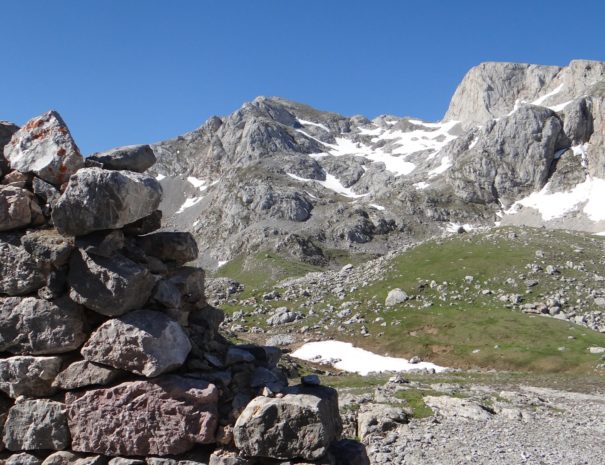


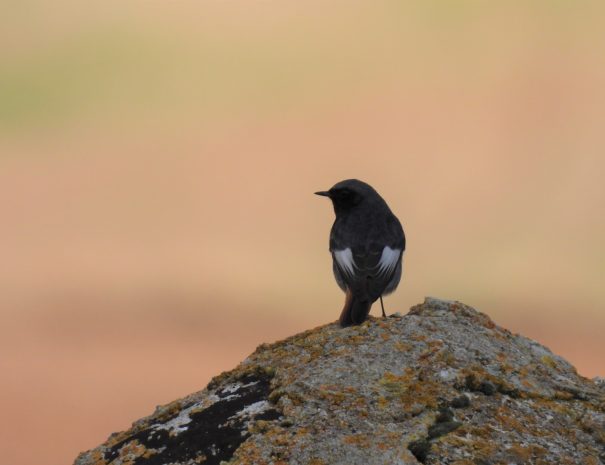

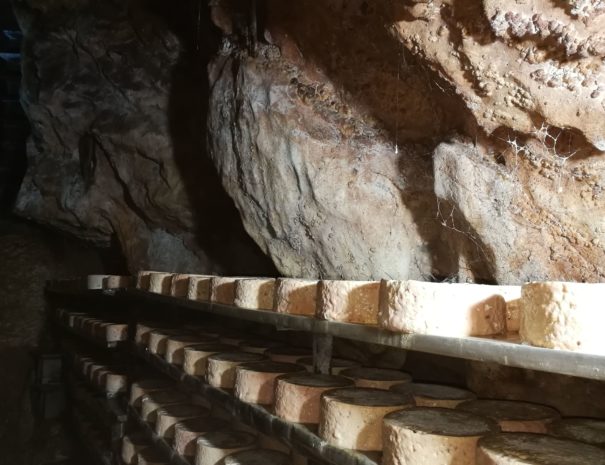
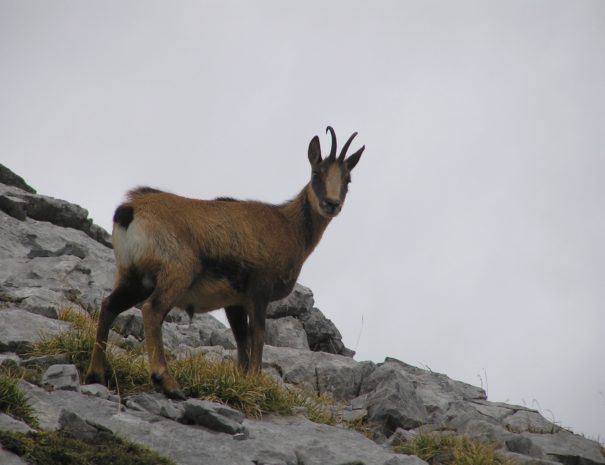
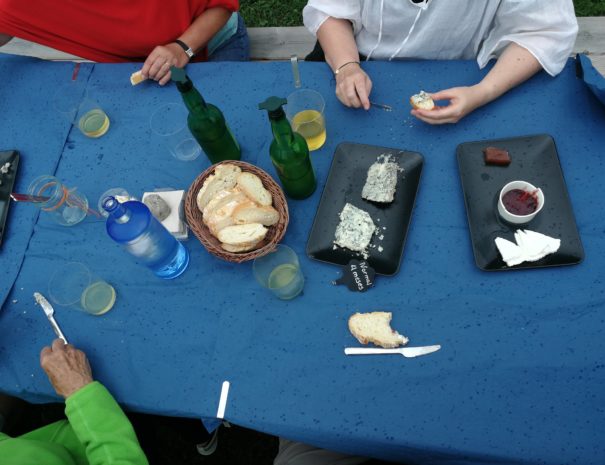
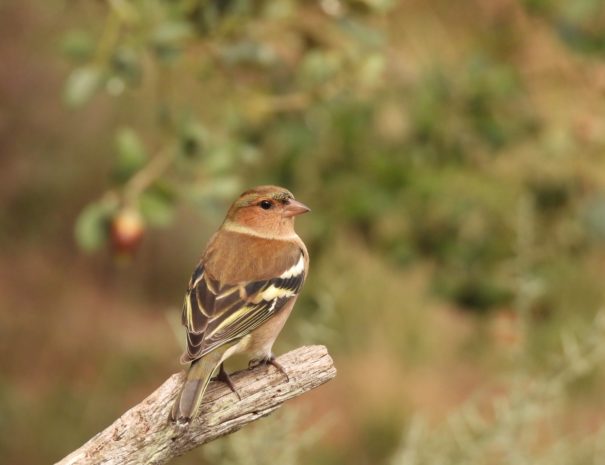
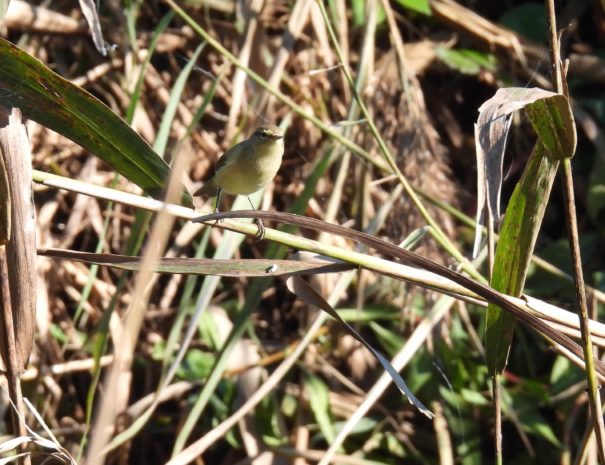
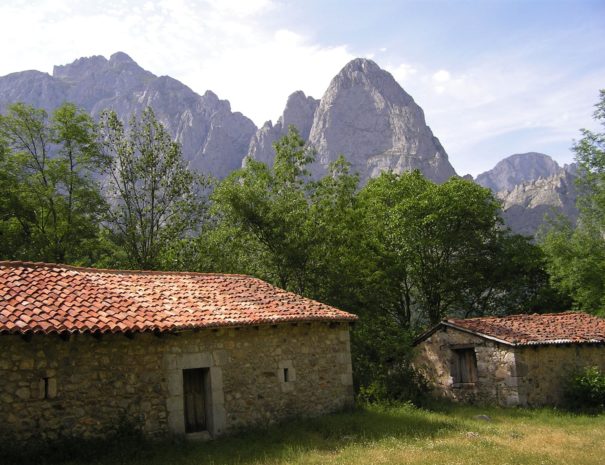
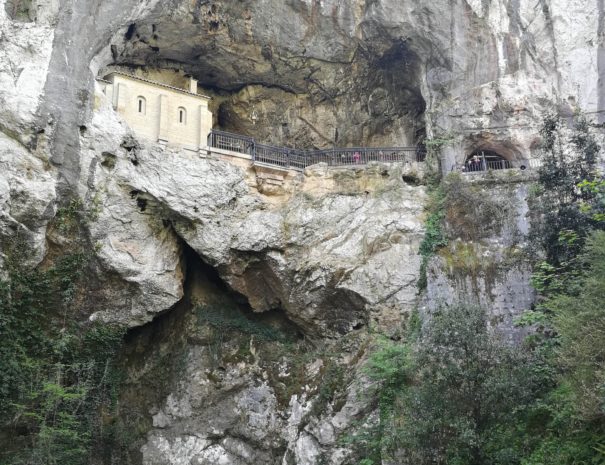

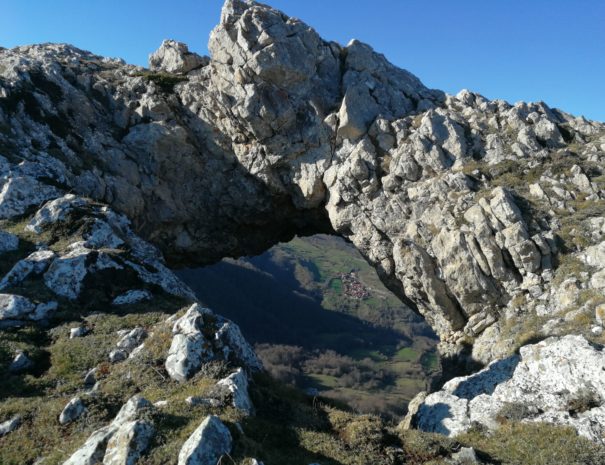


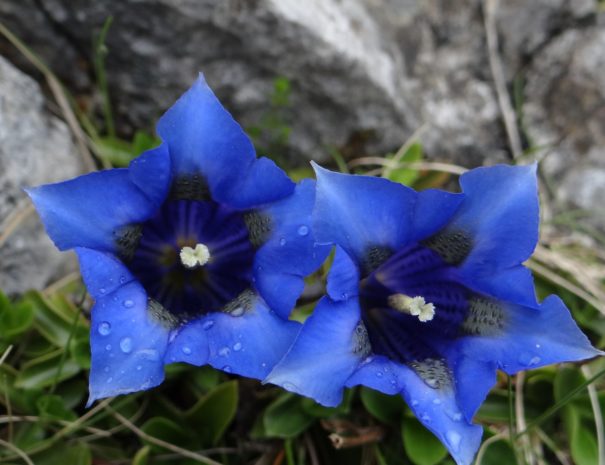

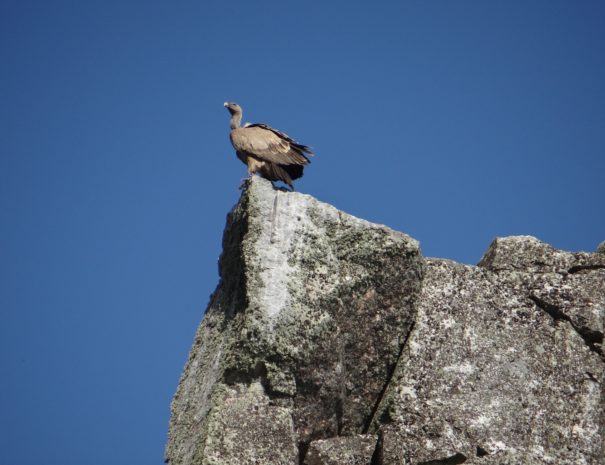
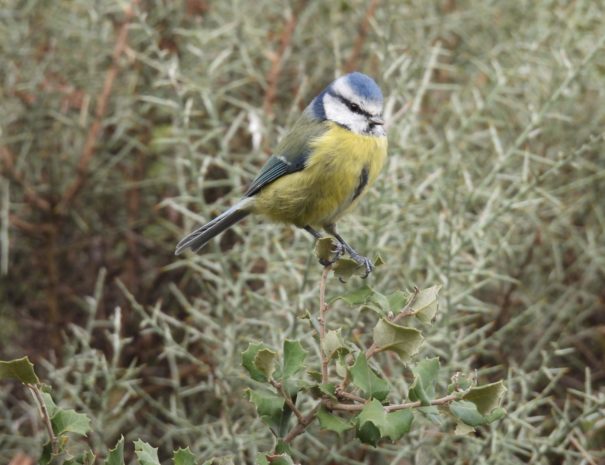
ITINERARY
RECOMENDATIONS
Hiking in the Picos de Europa can certainly vary from warm hot days to snow, at pretty much any time from May to October. So all weather can be expected during our tour, and we will therefore need to be prepared. Our professional guides will always negotiate the weather conditions to ensure optimal safety for the group and therefore the itinerary may be subject to change during the tour. Due to the variable weather, all-conditions clothing and hiking gear is recommended for the tour. Sturdy walking shoes providing considerable foot and ankle support will be required, as well as a pair of hiking poles. Sun glasses, a hat and a reusable water bottle are also recommended. The tap water is fully drinkable.
Whilst enjoying the hikes and scenery, our guide will be pointing out the flora and fauna of the region, so a light pair of binoculars will be useful to carry. Our guide will also endeavour to highlight the human heritage of the region during the tour, to enable the visitors to gain a holistic appreciation of the remarkable Picos de Europa region.
The maximum group size will be 8 people plus one guide and we will all walk together at a leisurely pace, with frequent short stops. Our guide will ensure that the walking pace is suitable for everyone in the group. The hikes will involve an appreciable elevation gain. Whilst the walks will be suitable for an average hiker, some degree of previous training is advisable to enhance your enjoyment of the trip.
For lunch we will mostly eat sandwiches. You may wish to bring a travel mug, but culterly and a plate will not be required. It is worth noting that toilet facilities can be limited during the hikes.
There will be opportunities during our visits to the towns to purchase postcards, maps and gifts.
